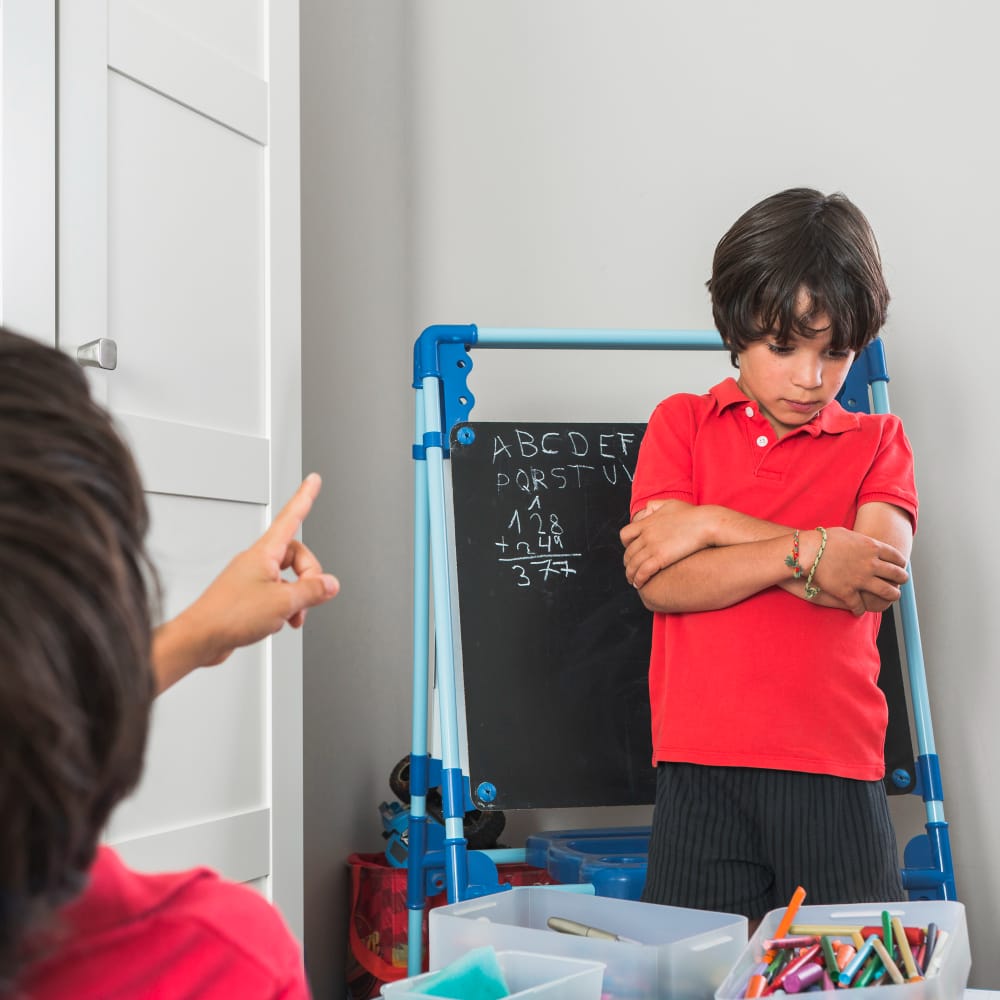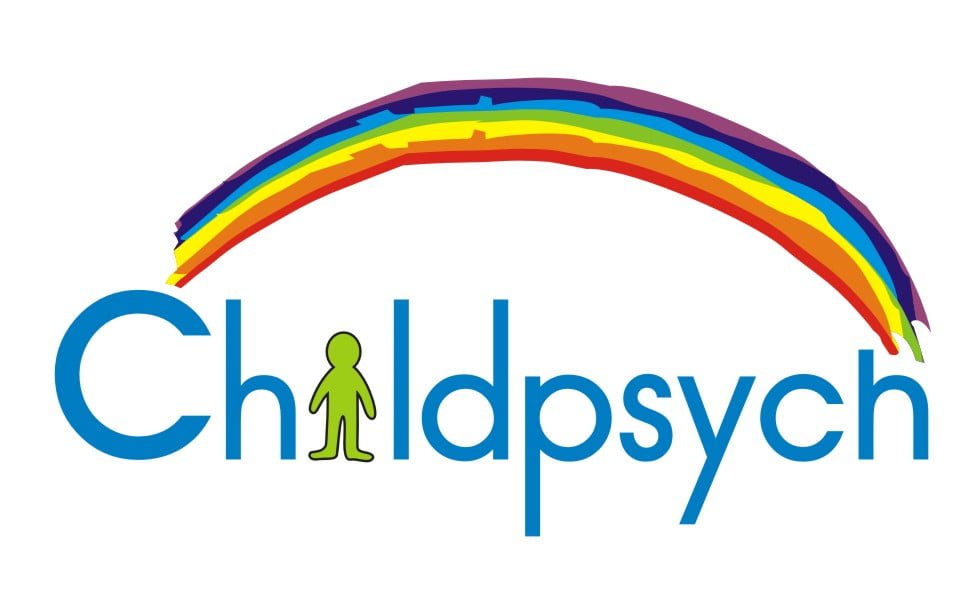 Fine motor development
Fine motor development
Fine motor development refers to the development of the little muscles in the hands, wrists and fingers. By strengthening these little muscles your child will be able to refine the movements of the hands and fingers and will be able to exert greater control over tasks that require fine work (such as drawing, writing, cutting, beading and tearing).
Shortly after birth, most babies keep their hands in fists but start opening these between the first and second month after birth. They soon start reaching for objects and between the ages of 6 – 7 months most babies are able to hold an object in the palm of their hand with the fingers clasped around it – this is called a palmar grasp. They also become able to shift an object from one hand to the other at this stage. Between 8 and 12 months babies begin to develop the “pincer grasp” where they try to hold an object between the thumb and index finger.
A baby’s fine motor skills may be sufficiently refined to allow him to page through a book by about 18 month (but he may still turn three or four pages together at a time!) By two or three years your little rascal’s hand and finger muscles might be strong enough to enable them to turn door knobs and unscrew lids and you’ll really need to have your ducks in a row to ensure that your house is “toddler proof”!
By the age of three years your child will start showing a hand preference and will be able to hold a pencil in his fingers with the palm facing down. Initially drawing, writing and colouring will require movement of the whole arm, but as your child’s fine motor skills and pencil grip improve he will be able to complete these tasks by simply moving the fingers in which he holds his pencil.
It is interesting to note that there is a slight difference between genders, with girls generally being more developed that boys at this age – for instance, between the ages of 4 to 5 years girls’ drawings will often contain various colours and details and they will draw a 2 Dimensional person, whereas at this age boys’ drawings generally contain fewer colours and details and they tend to still draw stick-figure people.
2-3 year old children will still attempt to hold a pair of scissors in 2 hands while cutting, but between the ages of 3 and 4 years they will be able to manipulate a pair of scissors correctly if taught to do so.
Well-developed fine motor skills enable children to effectively complete a variety of everyday tasks and play a vital role in your child’s school readiness and independence. They enable children to keep up in class with tasks such as cutting, pasting and drawing and also enables your little one to tie his own shoes, button his buttons, zip his zips and buckle his belt. Encourage any activities such as baking, colouring, cutting, tearing, drawing, painting, beading, weaving origami or constructing that will help develop your child’s fine motor skills. Games such as shape sorting, Jenga, Pick-up-sticks and Pictionary are also beneficial in this regard.
Related posts:



